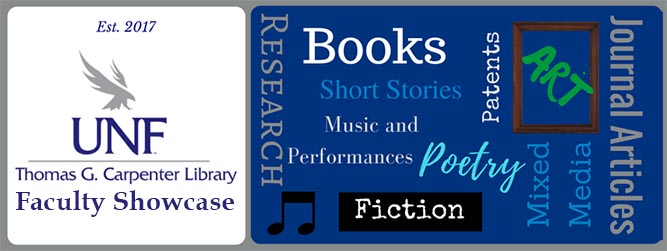
College
College of Education and Human Services
Department
Exceptional, Deaf, and Interpreter Education
Rank
Assistant Professor
The Language Zone: Differentiating writing instruction for students who are d/Deaf and hard of hearing
Type of Work
Journal Article
Publication Information
Dostal, H., Wolbers, K. & Kilpatrick, J. (2019). The Language Zone: Differentiating writing instruction for students who are deaf and hard of hearing. Writing & Pedagogy, 11(1): 1-22. http://dx.doi.org/10.1558/wap.30045
Description of Work
Interactive Writing (IW) is a powerful support for language and literacy development; however, its emphasis on using oral language to construct written language can present challenges for deaf/Deaf and hard of hearing (d/Dhh) students due to their unique and diverse language experiences. Teachers (n = 14) using Strategic and Interactive Writing Instruction (SIWI) with grade 3–5 d/Dhh students in a variety of settings were observed using a space referred to as ‘the language zone’ to address the unique language and literacy needs of d/Dhh students. The language zone is the designated space in a classroom where the creation, translation and revision of ideas is made visible. Researchers developed a flowchart with three tiers to document the three purposes for which the teachers use the space. Accompanying scenarios provide concrete examples of three distinct ways in which the language zone can be used. Teachers can use this language zone flow chart as a tool to recognize, analyze and select instructional moves that have the potential to positively impact the language and literacy proficiencies of d/Dhh students.
The Language Zone: Differentiating writing instruction for students who are d/Deaf and hard of hearing
Interactive Writing (IW) is a powerful support for language and literacy development; however, its emphasis on using oral language to construct written language can present challenges for deaf/Deaf and hard of hearing (d/Dhh) students due to their unique and diverse language experiences. Teachers (n = 14) using Strategic and Interactive Writing Instruction (SIWI) with grade 3–5 d/Dhh students in a variety of settings were observed using a space referred to as ‘the language zone’ to address the unique language and literacy needs of d/Dhh students. The language zone is the designated space in a classroom where the creation, translation and revision of ideas is made visible. Researchers developed a flowchart with three tiers to document the three purposes for which the teachers use the space. Accompanying scenarios provide concrete examples of three distinct ways in which the language zone can be used. Teachers can use this language zone flow chart as a tool to recognize, analyze and select instructional moves that have the potential to positively impact the language and literacy proficiencies of d/Dhh students.


Biographical Statement
Jennifer Renée Kilpatrick is an assistant professor in Deaf Education at University of North Florida. She has taught deaf and hard of hearing (DHH) students, as well as students with varying exceptionalities, in Virginia, Tennessee, and Florida in a variety of settings, including in resource classrooms, inclusion settings, and residential schools for the deaf. Her research focuses on deaf education teacher preparation, professional development for the teachers of the deaf, and the language and literacy development of DHH students.